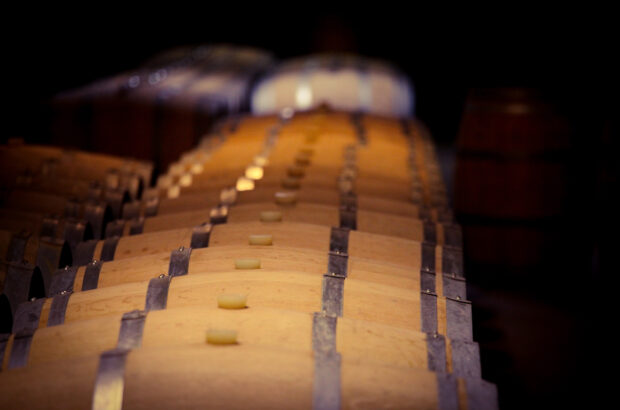Heard wine tasters referring to a wine ‘tasting green’ or ‘green flavours'? We ask the experts.
What does it mean when a wine ‘tastes green’? – ask Decanter
A wine tasting ‘green’ is not the same as having flavours from the ‘green fruit’ category, such as green apple, pear and grape.
It is also not the same as ‘Vinho Verde’ (or green wines) in Portugal.
A wine tasting ‘green’ commonly refers to underripe characteristics; suggesting that some grapes could have been picked slightly before full ripeness was achieved. The wine could smell or taste slightly green vegetables, like green bell pepper, for example.
‘All wines can display this character if the grapes are picked before they are ripe, just like with any other fruit.,’ said Julia Sewell, sommelier at Noble Rot and Decanter World Wine Awards judge.
‘In cooler climates or challenging vintages, this flavour character can be more likely to occur, as the winemaker can sometimes be forced by weather conditions to harvest earlier than is ideal, or indeed the grapes may never ripen fully if the cold part of autumn arrives early.’
This can be a problem with Cabernet Sauvignon, for example, which needs enough heat and time to ripen fully. It has also been associated with Carmenère, a well-known late ripener.
In Decanter’s tasting notes decoded series, it is explained that such green notes in some wines from certain vintages are believed to be caused by a chemical compound called pyrazine.
Why does this matter?
There is some debate over the extent to which green flavours in wine should be seen as a serious problem.
Jane Anson addresses green flavours in her guide to tasting wines en primeur.
When examining the fruit, ‘it’s not just how much fruit there is, but what type of fruit’, she writes.
‘They might be slightly underripe, which means slight green flavours…. If you’ve got fruit that is underripe and green flavoured, then it might never get to the point that it tastes good to drink.’
Sewell added: ‘A ‘green’ wine tends to become even more green as it ages, perhaps indicating that it is not advisable to purchase if these characteristics are not appealing.’
As Peter McCombie MW summed up in the Chianti Rufina masterclass at the Decanter Italy Fine Wine Encounter, ‘In a red wine, herbaceous is a good thing; greenness is not.’







